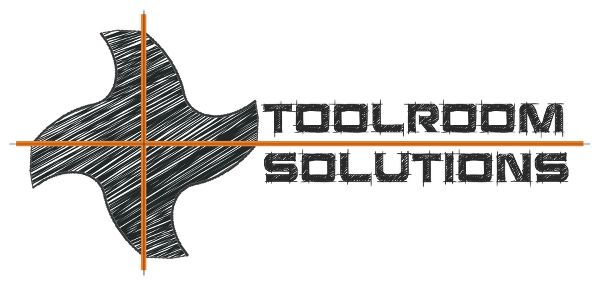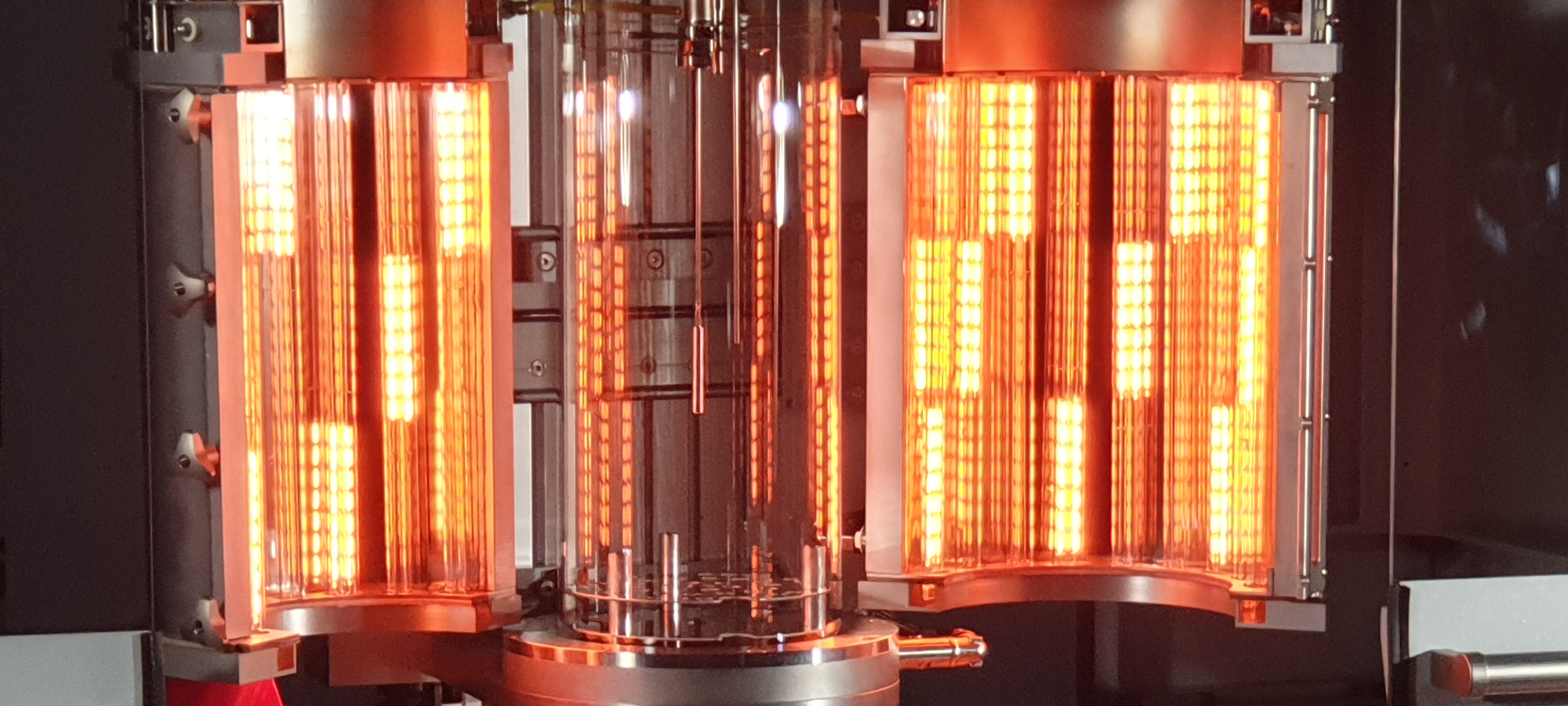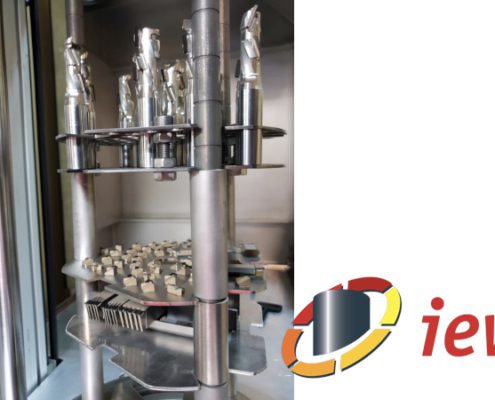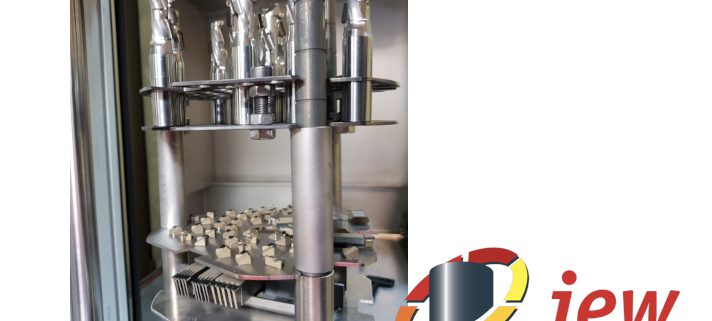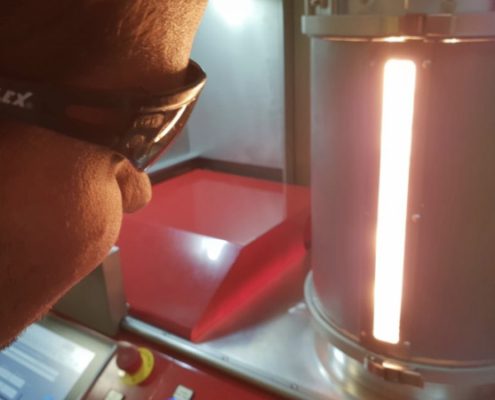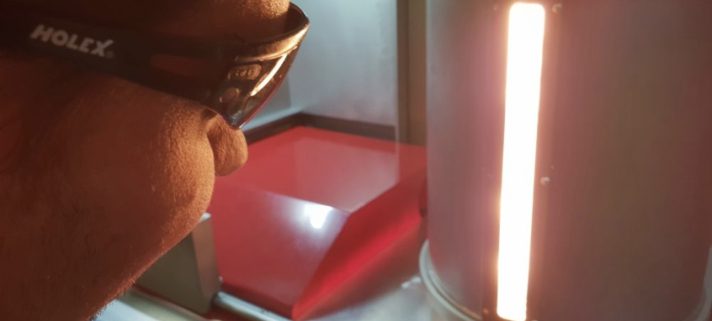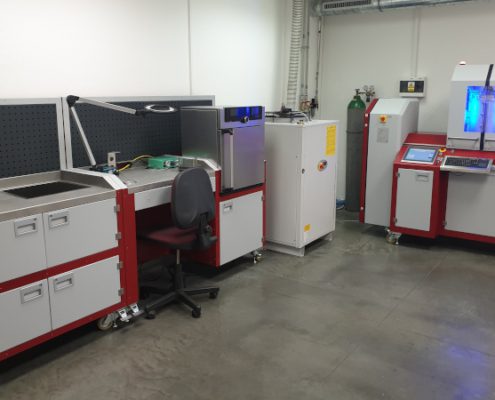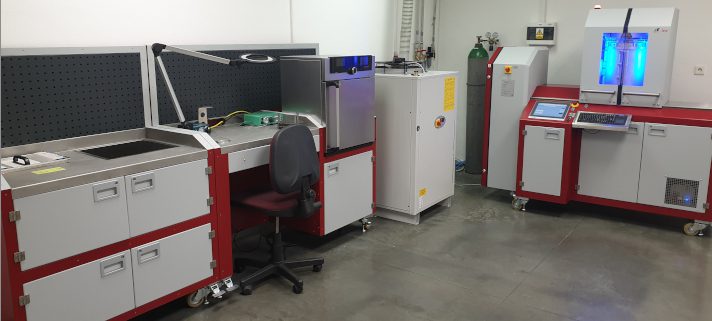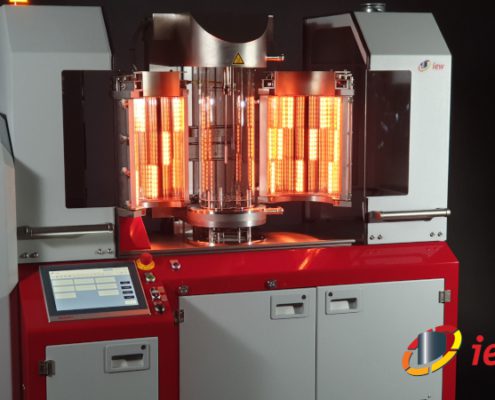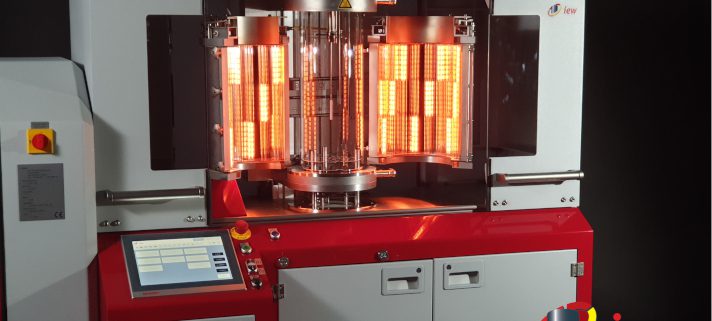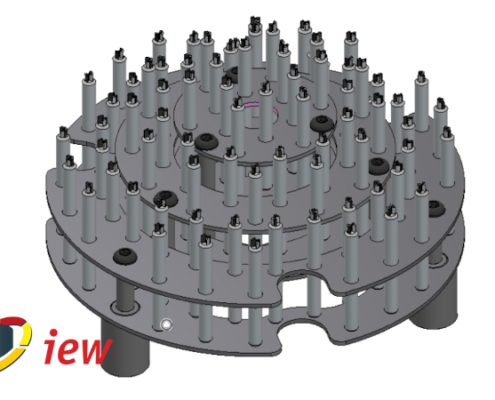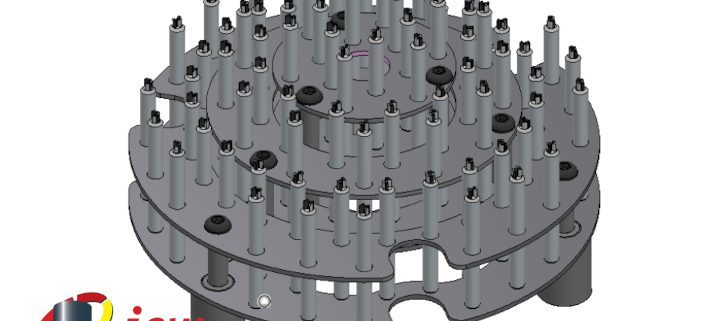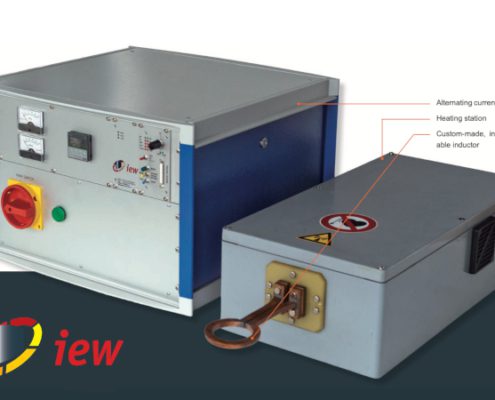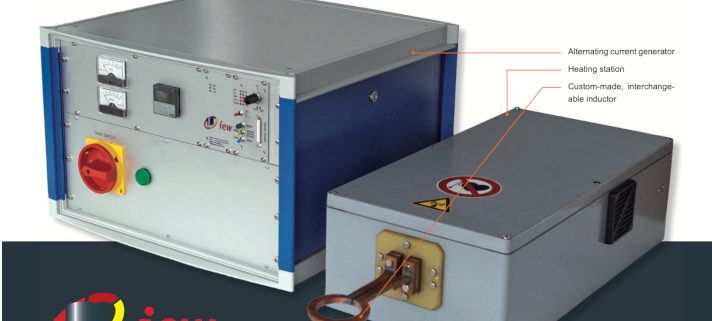Automatic Brazing: Vacuum and Induction Brazing Equipment
We’re partnered with iew Inductive Enwämungsanlagen GmbH of Gumpoldskirchen (Vienna), Austria—the world leader in vacuum brazing systems. They’re also the only such manufacturer who also makes induction brazing equipment.
What makes iew vacuum brazing equipment superior?
- Vertical vacuum chamber – You can use the entire 300 mm length for components. For example, you can braze 300 mm long tools, or divide the chamber into multiple layers as short as 25 mm. The result is much higher throughput than competing systems. Our VVBM 200 typically processes approximately 500 inserts per cycle (2,000 per 8 hour shift) or 50-360 solid shank cutters per cycle (200-1,080 per shift)
- 3-zone temperature control – Ensures optimal temperature distribution within the vacuum chamber, making temperature differences of less than 10°C (~18°F) possible. Braze different materials at different levels. Or turn off heating in an unused section to save money
- Built-in viewing window for process control and development – For example, you can watch to see when your paste melts and then program future jobs accordingly, rather than guess and waste time
- Partial pressure control – Prevents the evaporation of silver when brazing at higher temperatures, a key feature for achieving high strength joints, especially with MCD and CVD inserts
- Optional nitrogen cooling to reduce the overall process time
- Process development expertise – We offer not only the brazing system, but also expert help in optimizing your entire brazing process, from the selection of the paste, to cleaning, programming, cool down techniques, and more
- Displays the electrical cost for each batch – An easy way to track production cost and machine health
- Energy efficient – Our coated infrared emitters offer better focus on the tools, with less radiation. The turbo pump, exhaust extraction system, compressed air flow, and other gear can be shut down automatically after a brazing cycle (e.g. when brazing overnight)
- Complete systems, if needed – Ultra-sonic cleaner, prep table, drying oven, chiller, paste refrigerator, and, of course, the brazing machine
See for yourself! Send us your samples and receive brazed tools and a time study
- Vacuum brazing produces parts that need no post-processing, unlike induction brazing, which requires sand or glass blasting
- Vacuum brazing provides precise temperature control, avoiding damage to the tool
- Because vacuum brazing allows you to place the PCD insert in a perfect position before brazing, there is no need to use oversized inserts. This cuts the cost of the PCD inserts and reduces the amount of erosion and grinding needed to product the finished tool. The result is that vacuum brazing lowers the cost of producing PCD tools—in material and machining time alone—by 15-20%
- Vacuum brazing requires much less skill to place and braze inserts than induction brazing, greatly saving on labor costs
- The heat source in vacuum brazing is infrared (IR) radiation, which does not move the part, and therefore requires no fixturing. Conversely, induction brazing introduces the electromotive force, which moves the part back and forth. This necessitates holding the parts with ceramic tongs or a fixture.
- Vacuum brazing can process multiple tools simultaneously. Conversely, it is not cost-efficient for single tool jobs
- Vacuum brazing has limited applicability to steel tools, since the temperatures involved decrease hardness in steels. Vacuum brazing can be used on stainless steels, carbide, special alloys (Kovar, Invar), PCD, MCD, CVD, CBN, and other non-metallic materials (e.g. sapphire, ruby, aluminum oxide (Al2O3), zirconium oxide (ZrO2))
- Vacuum brazing is more maintenance intensive than induction brazing, if you want the equipment to last long and run efficiently. You only have to clean the electrodes in induction brazing. On the other hand, it’s not difficult to do the required maintenance on the iew equipment, and we provide excellent guidance.
Remember, we offer both types of systems!
